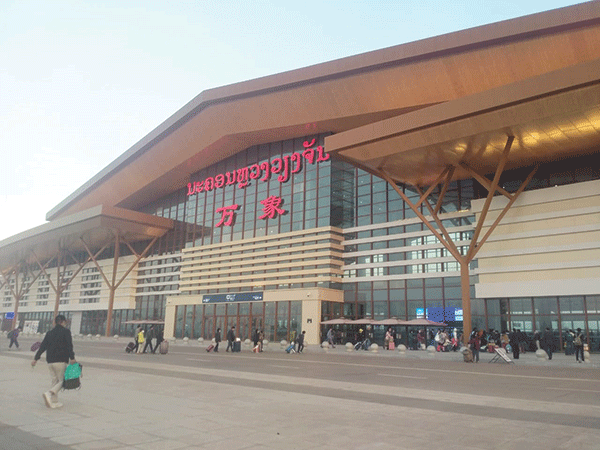 |
| Laos-China railway drives the growth of logistics and tourism in Laos. |
World Bank raises 2023 growth outlook for region as China reopens
Growth in developing East Asia and the Pacific including Laos is forecast to accelerate in 2023 thanks to China’s opening and its economic rebound, according to the latest report from the World Bank.
However, the region’s strong growth could be held back this year by slowing global growth, elevated commodity prices, and tightening financial conditions in response to persistent inflation, according to the World Bank’s East Asia and Pacific April 2023 Economic Update.
The Washington-based lender said growth in developing East Asia and the Pacific is forecast to accelerate to 5.1 percent in 2023 from 3.5 percent in 2022, as China’s reopening helps the economy rebound to a 5.1 percent pace from 3 percent last year.
“Growth in the region outside China is anticipated to moderate to 4.9 percent from the robust post-COVID-19 rebound of 5.8 percent in 2022, as inflation and elevated household debt in some countries weigh on consumption,” the World Bank stated.
“Most major economies in East Asia and the Pacific have come through the difficulties of the pandemic but must now navigate a changed global landscape,” said World Bank East Asia and Pacific Vice President Manuela V. Ferro.
“To regain momentum, there is work left to do to boost innovation, productivity, and to set the foundations for a greener recovery.”
Among the larger economies of the region, most, including Indonesia, the Philippines, Thailand, and Vietnam, are anticipated to grow more modestly in 2023 than in 2022.
Economic activities in Laos have seen a positive rebound after the country reopened its borders in May last year.
Meanwhile the Laos-China railway is driving the growth of logistics and tourism in Laos, with more and more cross-border transport of both goods and people taking place.
President of the Hotel and Restaurant Association, Mr Pakasith Chathapaya, told the Vientiane Times that Laos may struggle to deal with the expected surge in Chinese visitors following the introduction of cross-border passenger train services on April 13. China is Laos’ second largest trading partner. Trade between the two neighbours from 2018 and 2022 was valued at US$15.9 billion, an average annual increase of 15.63 percent.
China is also the largest foreign investor in Laos, with the value of Chinese investments amounting to US$13.67 billion. According to the World Bank, the region’s economies must also cope with three important challenges as policymakers act to sustain and accelerate economic growth in the aftermath of the pandemic.
Apart from climate risk, rising tensions between major trading partners will affect trade, investment, and technology flows across the region. In addition, the rapid ageing of the major economies of East and Southeast Asia heralds a new set of challenges and risks with implications for economic growth, fiscal balances, and health.
By Somsack Pongkhao
(Latest Update Apri 4, 2023)
|